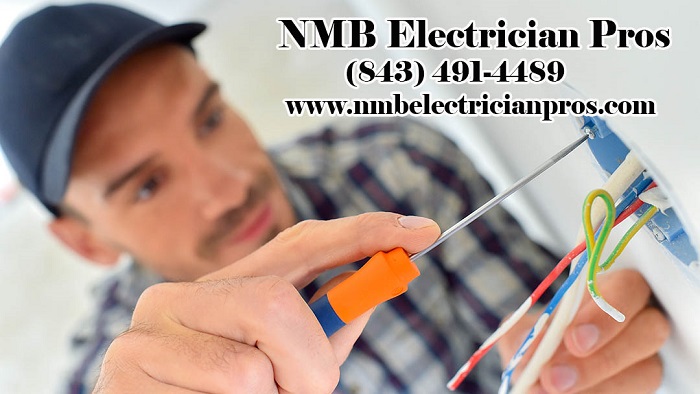
You will know that you have triggered an
electrical circuit overload if you notice your appliance or lights have suddenly turned off after plugging in too many lights after switching on a vacuum or cranking up a space heater. The circuit breaker located in the home’s service panel is responsible for this shut down. Although circuit breakers are extremely reliable and take on a good job in the prevention of house fires because of overloads, the safest way is to regulate your electricity usage to avoid overloads.
Understanding The Basics
Electrical circuits can only take on a restricted amount of electricity. An electrical circuit overload takes place when more electricity is drawn compared to what a circuit can manage safely. Circuits consist of a breaker, electrical wiring, as well as other electrical. The electricity used by each operational device can add to the circuit’s total load. Going beyond the rated load can cause a tripped
circuit breaker, which shuts off the power to the whole circuit.
If there is no breaker in the circuit then the overload will cause overheating on the circuit wiring, which could end up melting the
wire insulation and then lead to a fire. Various circuits have different load circuits and that means some circuits can give more electricity compared to the others. Home electrical systems are made around normal household use, however, there is nothing that can prevent us from plugging in too many appliances, lights, and devices on a single circuit. But by knowing more about the layout of your home’s electrical circuit then you can prevent electrical overloads.
Signs of An Overloaded Circuits
A tripped
breaker is one of the most obvious signs of an electrical circuit overload. All power are shut off when this happens. Other less noticeable signs include the following:
- Dimmed lights especially when you switch on more lights or appliances
- Buzzing switches or outlets
- Warm switch covers or outlets
- Burning odors from switches or outlets
- Scorched outlets or plugs
- Appliances or other electronics seem to lack enough power when plugged in
Solutions For Overloaded Circuits
The maximum load on every circuit is not the best target. For safety purposes, it is better if the normal load on the circuit does not go beyond 80 percent of the maximum rated load. In case your circuit calculations show that you are drawing more wattage from a circuit compared to the safe load number or you are going beyond the rated load as well as regularly overloading the circuit, there are some methods to help lower the load on the circuit so overload can be avoided. You can also hire a
North Myrtle Beach electrician for professional help.
- Appliances that need to be plugged in should be moved to a circuit that is not being used all the time.
- Don’t forget to avoid turning on to many appliances or electrical devices as well as light fixtures at once.
- Decrease lighting loads by changing halogen or incandescent light bulbs with energy efficient LED or CFL bulbs.
- Set up new circuits for devices that are in high demand
Call NMB Electrician Pros if you are having problems with your electrical circuits.
NMB Electrician Pros
North Myrtle Beach, SC 29582
(843) 491-4489
http://nmbelectricianpros.com
info@northmyrtlebeachhomeservices.com
http://nmbelectricianpros.com/prevent-electrical-circuit-overload/
